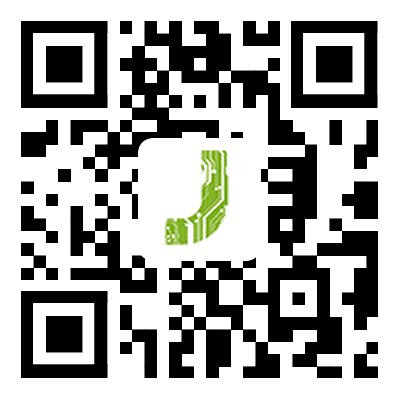 English
English-
 English
English -
 Español
Español -
 Português
Português -
 русский
русский -
 Français
Français -
 日本語
日本語 -
 Deutsch
Deutsch -
 tiếng Việt
tiếng Việt -
 Italiano
Italiano -
 Nederlands
Nederlands -
 ภาษาไทย
ภาษาไทย -
 Polski
Polski -
 한국어
한국어 -
 Svenska
Svenska -
 magyar
magyar -
 Malay
Malay -
 বাংলা ভাষার
বাংলা ভাষার -
 Dansk
Dansk -
 Suomi
Suomi -
 हिन्दी
हिन्दी -
 Pilipino
Pilipino -
 Türkçe
Türkçe -
 Gaeilge
Gaeilge -
 العربية
العربية -
 Indonesia
Indonesia -
 Norsk
Norsk -
 تمل
تمل -
 český
český -
 ελληνικά
ελληνικά -
 український
український -
 Javanese
Javanese -
 فارسی
فارسی -
 தமிழ்
தமிழ் -
 తెలుగు
తెలుగు -
 नेपाली
नेपाली -
 Burmese
Burmese -
 български
български -
 ລາວ
ລາວ -
 Latine
Latine -
 Қазақша
Қазақша -
 Euskal
Euskal -
 Azərbaycan
Azərbaycan -
 Slovenský jazyk
Slovenský jazyk -
 Македонски
Македонски -
 Lietuvos
Lietuvos -
 Eesti Keel
Eesti Keel -
 Română
Română -
 Slovenski
Slovenski
How many layers does a PCB have? do you know?
2023-04-15
In the technology industry this year, countless new product official announcements or upcoming official announcements are dazzling! What I want to show you today is not these complete technological essences, but the core part of these technological bodies—the PCB circuit board.
Generally speaking, there is no certain standard for the number of PCB circuit board layers, and it will be determined according to everyone's demand for PCB functions. PCB circuit board manufacturers will start with some conventional PCB board layers. A conventional PCB board is divided into six layers, which are mechanical layer, wiring prohibition layer, solder mask layer, solder flux layer, silk screen layer and via layer.
The "green" layer on the PCB is what we call the solder mask layer, but don't look at it as green and think it's because of the green paint. It's actually tin-plated, and you don't choose this color for the sake of looking good. Woolen cloth.
The soldering layer is used when the machine is patched, and it corresponds to the pads of all patch components. It is the same size as the top layer/bottom layer and is used to open the stencil to leak tin.
The silk screen layer can also be subdivided into a top silk screen layer and a bottom silk screen layer.
The via layer is generally divided into a via guiding layer and a via drilling layer.
Generally speaking, there is no certain standard for the number of PCB circuit board layers, and it will be determined according to everyone's demand for PCB functions. PCB circuit board manufacturers will start with some conventional PCB board layers. A conventional PCB board is divided into six layers, which are mechanical layer, wiring prohibition layer, solder mask layer, solder flux layer, silk screen layer and via layer.
The "green" layer on the PCB is what we call the solder mask layer, but don't look at it as green and think it's because of the green paint. It's actually tin-plated, and you don't choose this color for the sake of looking good. Woolen cloth.
The soldering layer is used when the machine is patched, and it corresponds to the pads of all patch components. It is the same size as the top layer/bottom layer and is used to open the stencil to leak tin.
The silk screen layer can also be subdivided into a top silk screen layer and a bottom silk screen layer.
The via layer is generally divided into a via guiding layer and a via drilling layer.
With the development of PCB circuit boards more and more rapidly, the functions are becoming more and more diverse, and more and more PCB board layers have emerged. It is very easy to confuse when it comes to PCB. As a circuit board manufacturer, we will write circuit board knowledge for everyone on a daily basis. However, the definition and usage knowledge system of each layer of a PCB circuit board is too large to be eager for success. Today, we will briefly introduce the definitions of each layer. Let's talk about the specific role of each layer in detail.

X
We use cookies to offer you a better browsing experience, analyze site traffic and personalize content. By using this site, you agree to our use of cookies.
Privacy Policy



